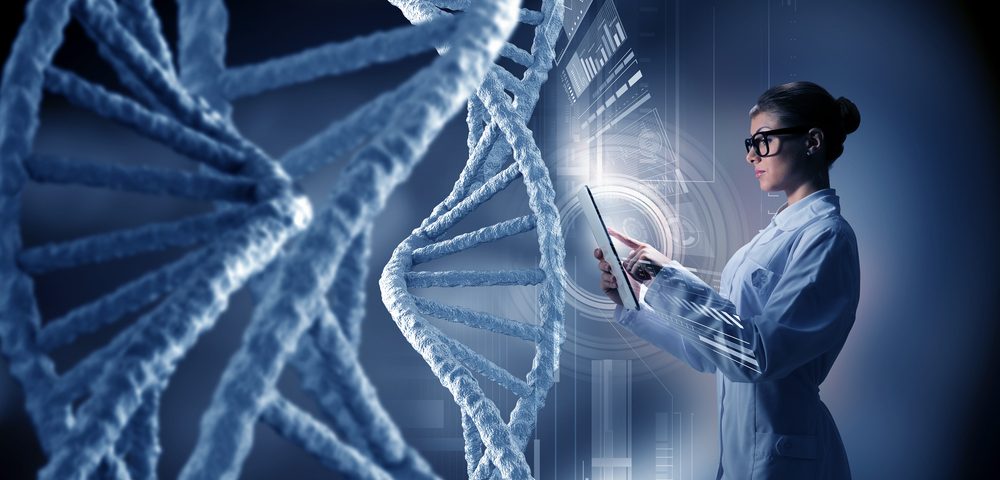Genetic mutations in GATA3 — a transcription factor that plays an important role in immune cell development and differentiation — may be one of the underlying causes of juvenile idiopathic arthritis (JIA), a case report says.
The study, “Juvenile idiopathic arthritis associated with a mutation in GATA3,” was published in Arthritis Research & Therapy.
GATA3 is the master transcription factor (a protein that controls the activity of certain genes) involved in the differentiation of immune T-cells into T-helper cells, a sub-group of T-cells responsible for regulating the function of other types of immune cells and whose overactivation has been linked to autoimmune diseases, such as rheumatoid arthritis (RA).
“Patients with rare defects in the gene encoding GATA3 have hypoparathyroidism, sensorineural deafness, and renal disease, [collectively known as HDR syndrome] resulting from decreased GATA3 function,” the authors stated. “Moreover, GATA3 is a susceptibility locus [the chromosome region where a gene is located] associated with RA, though mechanistic detail is lacking.”
In this case report study, clinicians from the Vanderbilt University Medical Center (U.S.) described the first clinical case of a child carrying a rare genetic mutation in the GATA3 gene associated with a form of autoimmune arthritis.
The three-year-old boy had a series of medical issues, including developmental delays, hypoparathyroidism, psoriasis, deafness, and polyarthritis. He had been diagnosed with JIA (psoriatic type).
At the onset of the disease, the boy showed signs of arthritis in his knees, ankles, left hip, and toes. His psoriasis and joint inflammation improved after he was treated with corticosteroid injections administered in both knees and ankles. He was then kept on maintenance therapy with methotrexate, and, in general, responded well to treatment.
Genetic analyses based on whole-exome sequencing — a technique that examines the DNA sequence of all genes that code for proteins (exome) — revealed that the boy carried one copy of a de novo mutation that led to the replacement of 44 amino acids from the protein sequence of GATA3 by 105 incorrect ones.
A de novo mutation is a one that appears for the first time in an individual, instead of being inherited from the parents; amino acids are the building blocks of a protein.
Analysis of protein and messenger RNA (mRNA or the template for the production of a protein) levels in blood cells isolated from the boy showed that the mRNA levels of abnormal and functional GATA3 were similar. However, the protein levels of the mutated form were slightly lower than those of the normal protein.
As expected, functional assays revealed that this mutated form of GATA3 was less active than the normal version, and resembled other GATA3 mutations previously associated with HDR syndrome.
Interestingly, the researchers also found that when both forms of GATA3 were being produced by the same cell, the mutated form significantly decreased the transcriptional activity of the normal version, suggesting the abnormal protein has a dominant negative function. Transcription is the process by which DNA is converted into RNA (ultimately leading to protein production).
Finally, analysis of immune T-cell populations revealed that the boy had an abnormal increase in two subtypes of T-helper cells, Th1 and Th17, and a decrease in another subtype of T-helper cell, called Th2.
Of note, Th1 and Th17 cells are associated with several inflammatory processes, while Th2 cells play an important role in protecting against certain parasites but are also involved in allergic reactions.
“Our research expands the phenotypic [visible symptoms] spectrum for GATA3 mutations and presents a possible genetic cause for this patient’s arthritis. These results provide new insight into GATA3 function and suggest that decreased or altered GATA3 activity coincides with autoimmune arthritis,” the researchers wrote.

